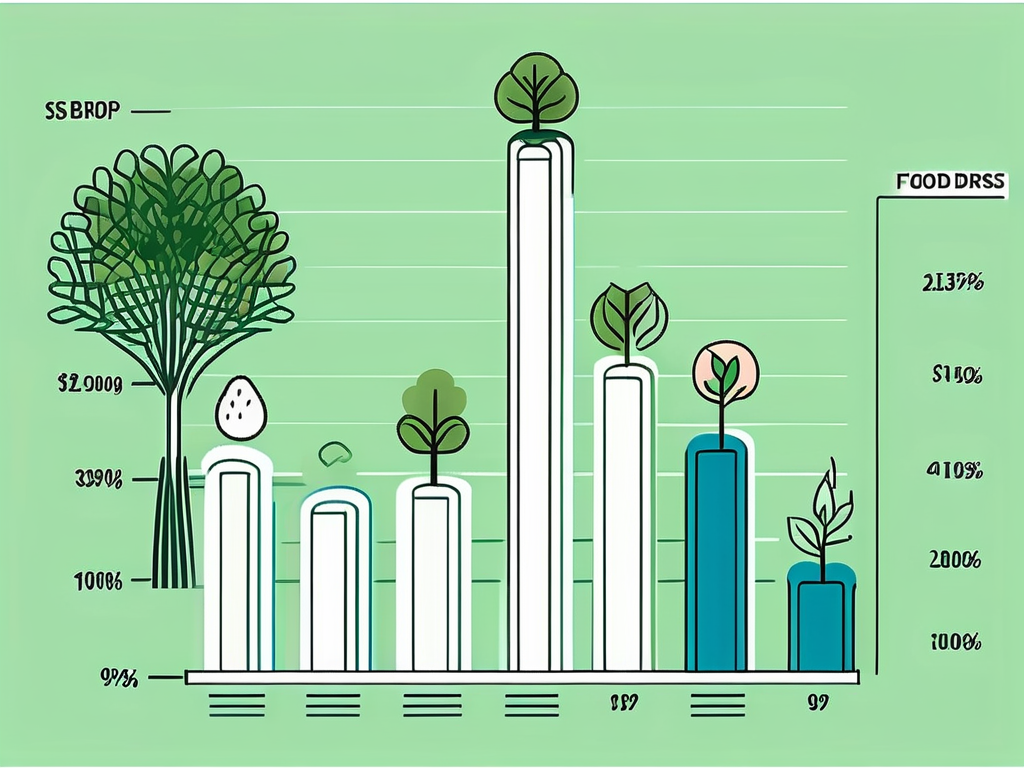Understanding eating disorder recovery statistics is essential for effective treatment planning. These figures provide valuable insights into prevalence, recovery rates, and potential risk factors associated with eating disorders. However, it’s important to interpret these statistics carefully, considering the complexities of eating disorders and the various factors influencing recovery outcomes. Below is a quick list of treatment options commonly used in evidence-based approaches for eating disorders.
Quick Overview of Treatment Options for Eating Disorder Recovery:
- Cognitive-Behavioral Therapy (CBT): Addresses distorted thought patterns related to food, body image, and self-perception.
- Family-Based Therapy (FBT): Involves family members in the treatment process, especially for adolescents.
- Nutritional Counseling: Supports the development of healthy eating habits and addresses dietary deficiencies.
- Medical Monitoring: Regular medical check-ups to monitor physical health and manage complications.
- Support Groups: Provides a space for sharing experiences and receiving peer support.
- Medication: This may include SSRIs or other drugs to manage co-occurring conditions like anxiety or depression.
The Importance of Eating Disorder Recovery Statistics
Recovery statistics help shape treatment strategies by providing a quantitative perspective on the effectiveness of different therapeutic approaches. They can also set realistic expectations for patients and families. However, these statistics represent averages and trends, not individual outcomes, so they should be used as a guide rather than a predictor of personal recovery.
Interpreting Prevalence Statistics
Prevalence statistics provide insight into how common eating disorders are in various populations. These figures can help identify higher-risk groups and inform prevention and early intervention efforts. However, because eating disorders are often underdiagnosed and many people do not seek treatment, the true prevalence may be higher than reported figures.

Understanding Risk Factors
Prevalence statistics can also highlight potential risk factors for eating disorders. Certain demographic groups, such as young women, are at higher risk, but it’s important to recognize that risk factors are not causes. Just because someone falls into a high-risk group does not mean they will develop an eating disorder.
Interpreting Recovery Rate Statistics
Recovery rate statistics provide insights into the effectiveness of different treatment approaches. However, recovery from an eating disorder is multifaceted and involves improvements in mental health, body image, and quality of life, not just cessation of disordered eating behaviors. Recovery statistics should be interpreted with these broader aspects of recovery in mind.
Setting Realistic Expectations
Understanding the average time it takes to recover from an eating disorder helps set realistic expectations for patients and families. Recovery is not linear and may involve setbacks, so remaining patient and persistent is essential.
Using Statistics in Treatment Planning
Using recovery statistics in treatment planning helps clinicians identify effective strategies, understand risk factors, and set realistic recovery timelines. However, these statistics are only one part of a comprehensive treatment plan, which should be individualized based on each patient’s unique needs and circumstances.
Individualizing Treatment
While statistics provide valuable insights, treatment plans should always be tailored to the individual. This involves considering factors such as the patient’s age, cultural background, personal history, and specific goals. Personalized treatment is crucial for effective recovery.
Continually Evaluating and Refining Treatment
Ongoing evaluation and refinement of treatment strategies are necessary for effective care. Regularly reviewing recovery statistics and other relevant data allows clinicians to identify areas for improvement and adjust treatment plans as needed.
Conclusion
Interpreting eating disorder recovery statistics is a complex but crucial aspect of treatment planning. While these figures provide valuable insights into recovery trends, they should be used alongside a nuanced understanding of each patient’s unique circumstances. A personalized, evidence-based treatment plan that incorporates these statistics can support effective recovery and long-term success.
If you or a loved one is navigating the complexities of eating disorder recovery, ViaMar Health is here to support you. Our expert team offers individualized care through comprehensive treatment options, including residential, partial hospitalization, and intensive outpatient programs. Speak with an Admission Specialist today to start your recovery journey.




